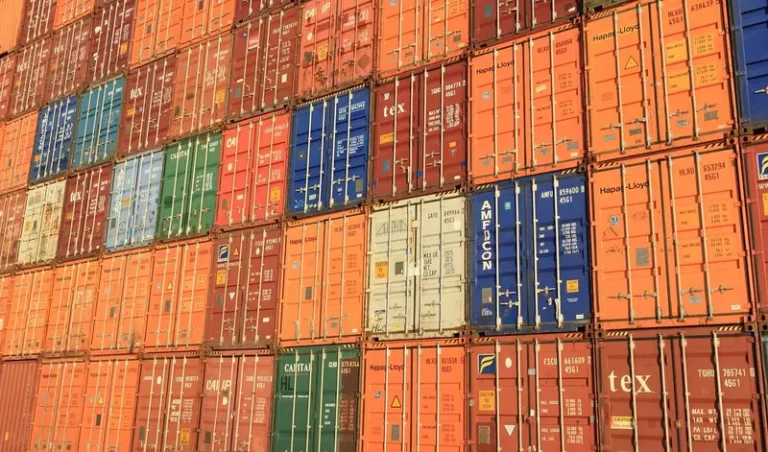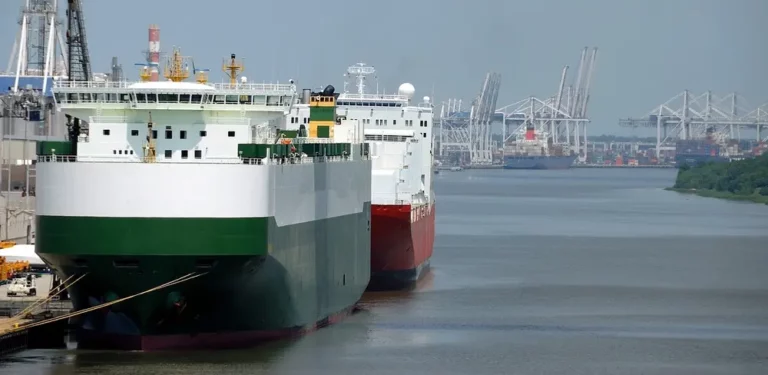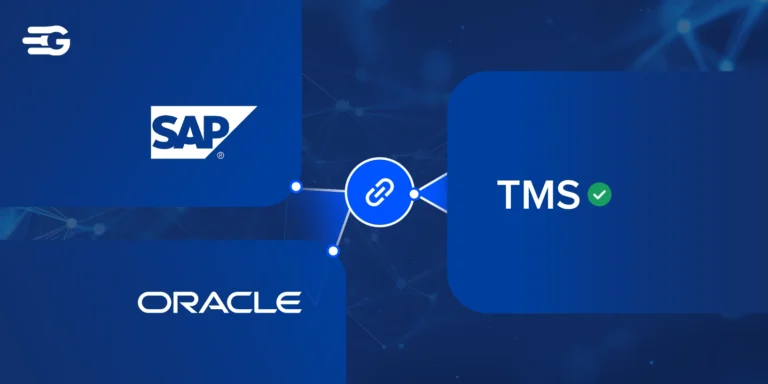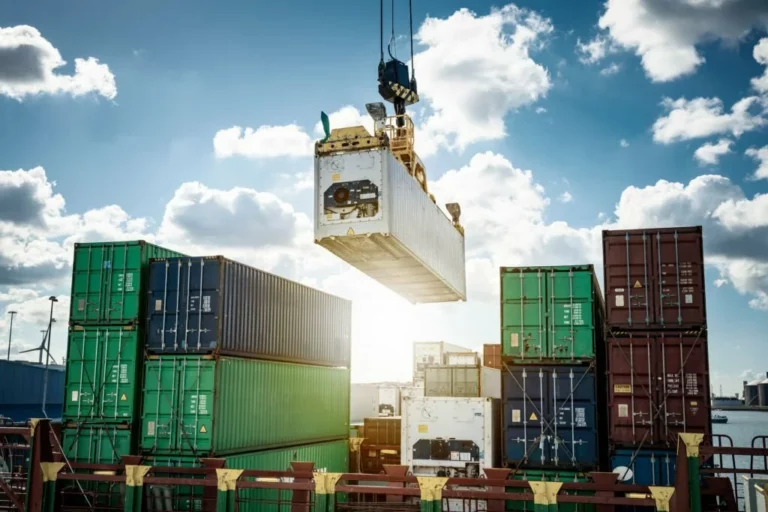Seamless Multi-Modal Tracking: Top Features of Transport Management Systems
In today’s dynamic logistics environment, businesses require robust systems to manage and optimize their transportation networks. A Transport Management System (TMS) plays a pivotal role in integrating multiple modes of transportation, ensuring real-time visibility, and streamlining processes for both shippers and carriers. In this blog, we delve into the top features of transport management systems that every organization should consider when aiming for operational excellence in multi-modal logistics.
- Understanding the Importance of TMS in Multi-Modal Tracking
- Top Features of a TMS for Multi-Modal Tracking
- 1. Real-Time Tracking and Visibility
- 2. Seamless Multi-Modal Integration
- 3. AI-Powered Predictive Analytics
- 4. Automated Freight Procurement and Rate Benchmarking
- 5. Compliance and Documentation Management
- 6. Exception Management and Proactive Issue Resolution
- 7. Scalability and Customization
- 8. Cloud-Based Accessibility and Mobile Compatibility
Understanding the Importance of TMS in Multi-Modal Tracking
Multi-modal transportation—using multiple forms of transport (trucking, rail, air, sea)—is a critical component for businesses seeking to optimize their supply chains. Traditional transportation management often falls short in handling the complexity that comes with coordinating between different modes. A robust TMS simplifies this by providing a centralized platform where all aspects of the transportation process are integrated and managed.
Key Benefits
- Enhanced Visibility: Real-time tracking across different transportation modes allows logistics teams to monitor shipments at every stage, reducing uncertainties and enabling proactive decision-making.
- Cost Efficiency: With integrated data and analytics, businesses can identify cost-saving opportunities through route optimization and better carrier selection.
- Improved Customer Service: Timely updates and accurate tracking data translate into higher customer satisfaction and better service levels.
For example, according to industry experts, real-time data visibility is one of the top drivers of cost reduction and efficiency improvement in logistics operations .
Top Features of a TMS for Multi-Modal Tracking
1. Real-Time Tracking and Visibility
A robust TMS should provide real-time tracking to monitor shipments across all transport modes.
- GPS and IoT Integration: Live tracking powered by GPS and IoT devices ensures continuous data flow.
- Automated Alerts and Dashboards: Customizable dashboards display key performance indicators (KPIs) and alert users to potential delays.
Companies leveraging real-time tracking see fewer disruptions and greater operational efficiency. GoComet’s predictive visibility platform, for example, provides live tracking across ocean, air, and land transportation.
2. Seamless Multi-Modal Integration
An effective TMS should support all transport modes on a single platform, ensuring smooth coordination between trucking, rail, air, and ocean freight.
- Carrier and Mode Agnosticism: The system should be flexible enough to integrate with multiple carriers.
- External System Interoperability: APIs should allow data exchange with freight forwarders, shippers, and third-party logistics providers (3PLs).
A centralized system, like GoComet’s TMS, eliminates the inefficiencies of managing shipments through disconnected platforms.
3. AI-Powered Predictive Analytics
AI-driven insights help logistics teams optimize routes and anticipate disruptions.
- ETA Predictions: Machine learning algorithms analyze real-time and historical data for accurate delivery estimates.
- Risk Assessment: Predictive models assess potential disruptions due to weather, port congestion, or geopolitical factors.
A McKinsey report suggests AI-powered logistics solutions can reduce transportation costs by up to 10% and improve on-time deliveries by 20%. GoComet’s Predictive ETA feature enhances shipment reliability through multi-source data analytics.
4. Automated Freight Procurement and Rate Benchmarking
To control costs, a TMS should automate rate benchmarking and freight procurement.
- Automated Bidding: The system should facilitate dynamic rate negotiations with multiple carriers.
- Market Rate Benchmarking: A reliable TMS compares real-time freight rates to help businesses secure the best pricing.
Freight benchmarking tools like GoComet’s Freight Index provide transparency in rate comparisons, helping companies optimize freight costs.
5. Compliance and Documentation Management
Managing international shipments requires extensive documentation and compliance monitoring.
- Automated Customs Documentation: The TMS should generate bills of lading, invoices, and customs declarations.
- Regulatory Compliance Monitoring: The system should track evolving trade regulations to prevent compliance violations.
A well-integrated TMS reduces administrative workload, ensuring smooth international shipping operations.
6. Exception Management and Proactive Issue Resolution
Delays and disruptions are inevitable, but a TMS should help businesses respond proactively.
- Automated Alerts: Instant notifications for delays allow logistics teams to act quickly.
- Contingency Planning: A strong TMS includes preemptive risk management to mitigate shipment delays.
A proactive system minimizes uncertainties, improving supply chain resilience.
7. Scalability and Customization
Different industries have unique logistics needs, so a TMS should offer flexibility and scalability.
- Modular Architecture: Businesses should be able to scale features up or down as needed.
- Custom Workflows: Configurable workflows allow organizations to tailor the system to their specific processes.
A scalable TMS grows with business needs, ensuring long-term value and adaptability.
8. Cloud-Based Accessibility and Mobile Compatibility
With decentralized supply chains, cloud-based solutions offer greater accessibility and security.
- Multi-Device Access: The system should be available on desktops, tablets, and mobile devices.
- Cloud Security: Encrypted data storage ensures protection against cyber threats.
A cloud-based TMS enables real-time collaboration, making logistics operations more agile and responsive.
Choosing the right TMS is essential for efficient multi-modal tracking. A robust system should offer real-time tracking, seamless integration across transport modes, AI-driven analytics, automated freight procurement, and compliance management. Features like proactive delay resolution, scalability, and cloud accessibility further enhance operational efficiency.
With GoComet, businesses can gain better visibility, reduce costs, and improve supply chain resilience. Investing in a data-driven, future-ready system will ensure smooth logistics operations and improved customer satisfaction. Book a demo today!




